“Wherever there are birds, there is hope”
Mehmet Murat Ildan
As a nature explorer and photographer, I am missing my daily morning outings during the COVID lockdown. But I am lucky enough to have a good backyard garden, which provides an opportunity to connect with nature.
I live in Central India, in the city of Hoshangabad in Madhya Pradesh state. I am leading a Nature Conservancy riparian habitat restoration project nearby. This city of 125,000 people is situated on the northern side of the central Narmada river valley and the Satpura biosphere reserve. The surrounding habitat of this river valley and biosphere reserve was my regular and favourite birding place.
But during COVID-19, I am severely missing these places.
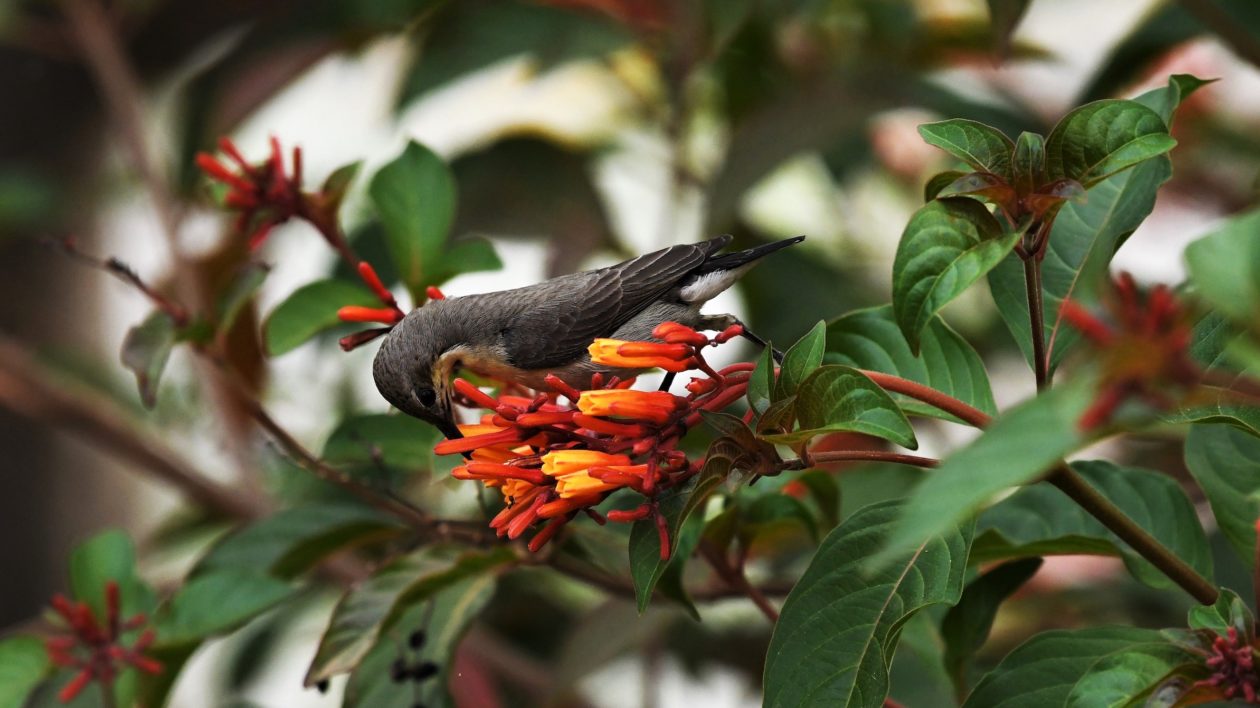
The Nature Conservancy in India has been engaging with the local communities and working closely with state government authorities since 2017 to undertake and facilitate cost-effective and pragmatic riparian restoration activities in the selected patches of Narmada riverbank. The Narmada river is forest fed, and it’s the sixth-longest river in India.
India is a paradise for bird watchers. The versatile geography of India harbours around 1,300 bird species and preserve 72 critical bird habitats as bird sanctuaries. These sanctuaries attract many birders and serve the wonders of birding through wildlife safaris or birding tours operated by both private and government entities.
Also, many birds are seen in urban and rural areas, which engages many birders like me.
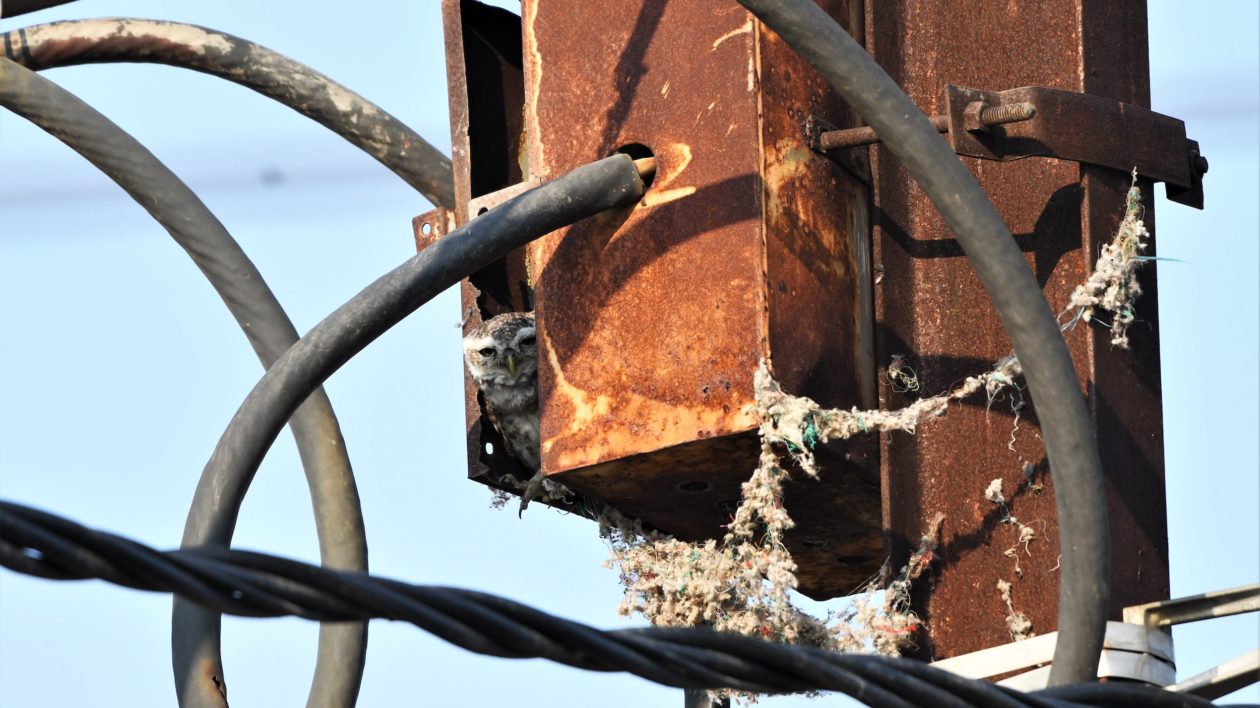
The Joy of Common Birds
My day starts with the smooth, simple, mesmerizing melodies of my brilliant feathered orchestra followed by a beautiful sunrise. My feathered band includes the house sparrow, sunbirds, munia, silverbill, myna, francolin, pirnia, cokoo, bulbul and parakeet.
Each day, I am treated to a live three-dimensional view of nature in addition to the charming background sound. It is one of the positive side effects of being forced to stay in my own home.
Before lockdown, usually, I overlooked these common bird species in my compound. But now it is an integral part of my life and it matters. I am grateful to my winged friends.
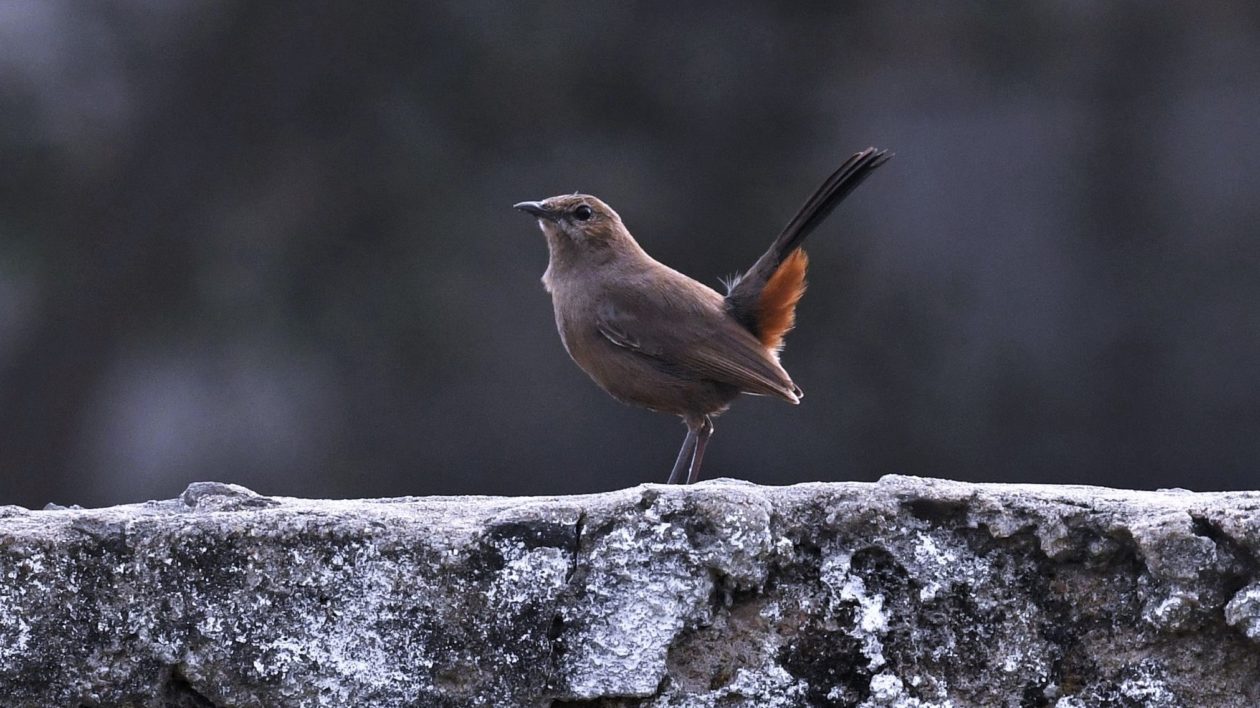
Nature gives us a lot and the birds are one of the greatest gifts to humankind. The species that visit my home garden welcome and inspire me to stay positive and hopeful.
It is easy to imagine they are here to entertain us in this stressful time, even if the birds do not care about the trials of humanity.
For me watching and listening to birds is a great way to relieve stress. It’s a great pleasure to see the brilliant colour and various behaviors like singing, perching, preening, flying, pairing up, nest building and so on. It is very intricate and fascinating. Now my home garden has become my personal bird sanctuary.
Birds are one of the significant indicators of a healthy ecosystem. Some birds eat dead creatures, insects, worms, and vegetable garbage, and help in cleaning the surroundings. They are nature’s cleanup crew. It helps in balancing the local environment. My backyard garden has numbers of native flora, and it offers as a safe and secure environment for them.
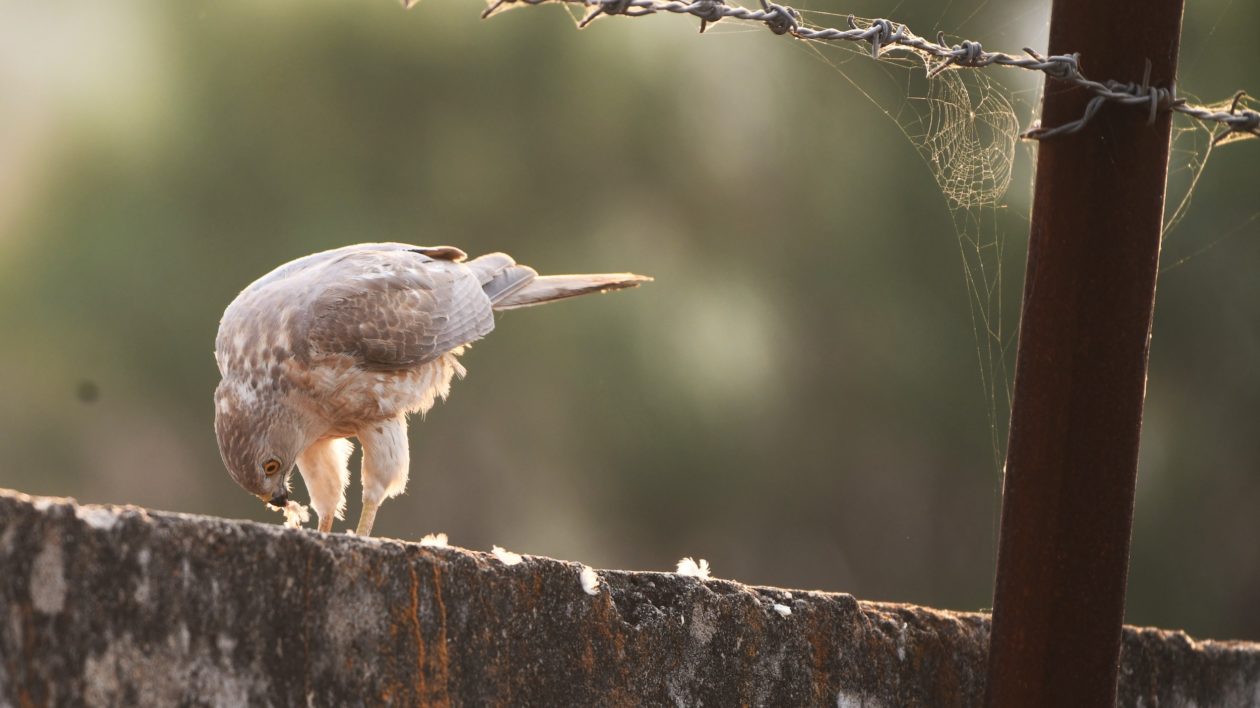
Sharing a Love of Nature
My neighbors were always curious about my passion for photography. Now that we are in lockdown together, they have become especially interested in my pursuits.
The curious children usually ask me from their balcony and window about the bird species. To answer their query, I started sharing bird photos in our colony ‘WhatsApp’ group. I have begun a BIRDS OF THE DAY session in the group. It includes posting photos and relevant details like the bird’s common name, its food, songs and colour.
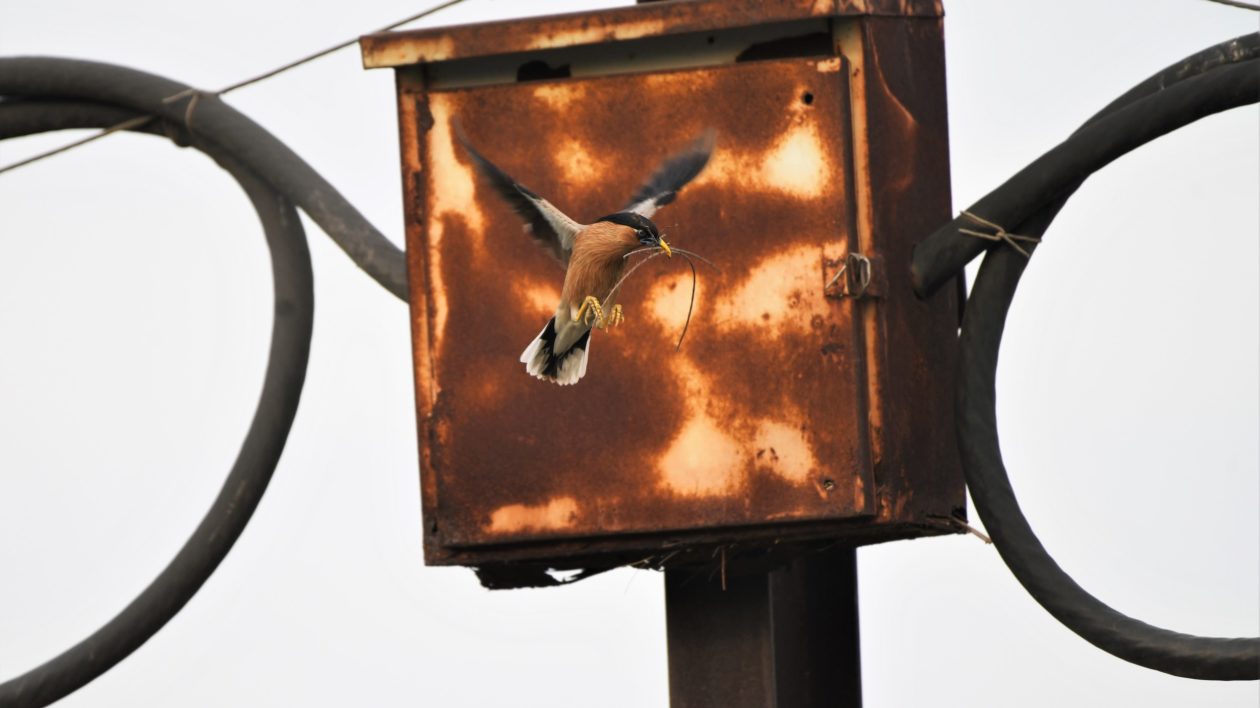
It encourages them to look for birds around their home. I feel this is an excellent interactive medium to raise awareness of nature and the importance of conservation.
Also, I have also requested all members to sharing their bird observations from their balconies. To date collectively we have observed more than 50 species of birds. Several of my neighbors have asked to accompany me on bird outings when the lockdown is lifted!
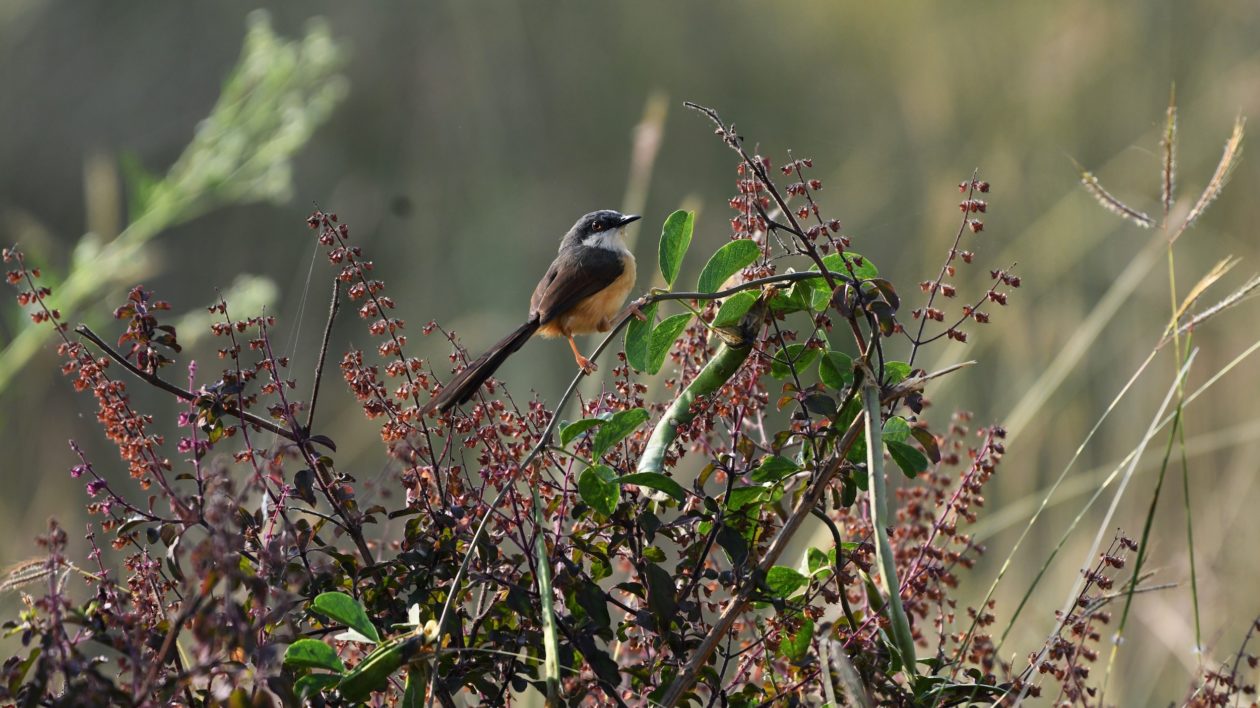
In my view, connecting with nature can ease anxiety and provide an all-around mood boost and the science supports this assertion. With depression at an all-time high, and fears and palpable tension growing as an uncertain future looms, we can all benefit from this calming influence. So, look around and spot the birds. Beat the lockdown!
Beauty awaits. Happy birding!
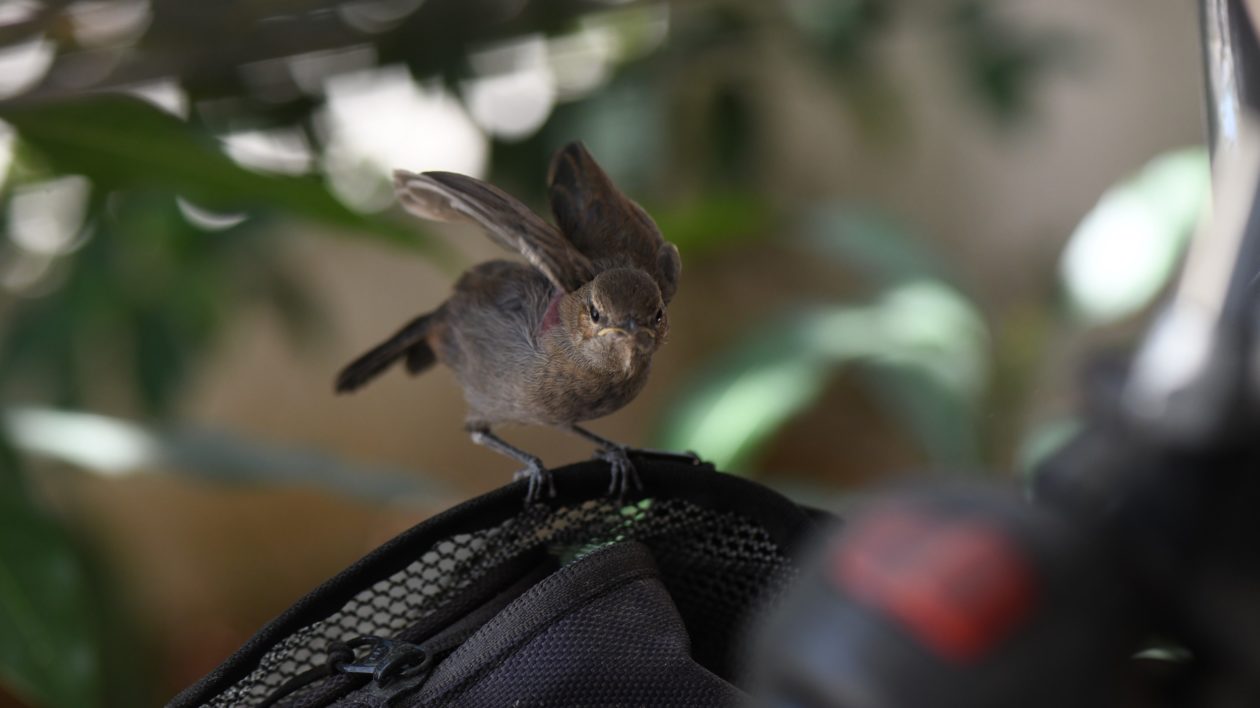
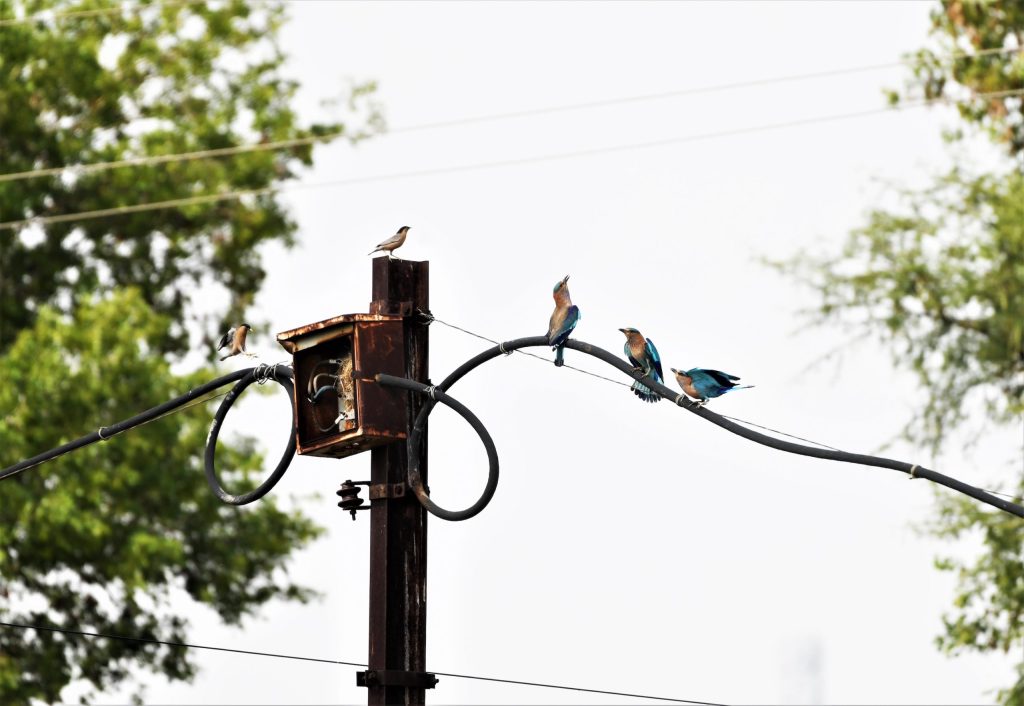



Very nicely written piece, Ashok. I’ve always been an advocate of wildlife appreciation and conservation, I think it runs in the family. I brought local species of birds into my yard by putting out a bird feeder and water bowl. In a short span of time, I began to enjoy their behavior around the feeder, the sounds they make, and even the constant but temporary squabbles over a feeder port.
I have never researched bird species, but I do recognize some common raptors and medium-sized birds like Cooper Hawks and Red Tail Hawks. I’m aware of more common birds, but where I get lost in identifying them are the small songbird types. I never realized there were so many species of generally the same size and even with the help of a couple of bird books, it’s still difficult to identify them. Changing feather colors by season and discerning male from female of the same species makes my head spin.
I even saw and photographed a Bald Eagle while on a motorcycle ride while riding down a farm road about two miles from home. I live in a tract house considered “urban sprawl” that borders the Great Central Valley of California. It is a vast basin stretching for hundreds of miles, bordered on the east by the Sierra Nevada mountain range and to the west the coastal range that stops when it meets with the Pacific Ocean. The central valley is known for agriculture and in my particular northern region, there are thousands of acres of rice fields. I’m also fortunate to be an hour’s drive from several wildlife refugees. Anyway, while riding down the aforementioned farm road about two miles from home I spotted the Eagle standing on a high spot in the middle of a rice field, I couldn’t believe my eyes. I quickly slowed down but took care not to make any noise doing so. Unfortunately, all I had for picture taking was a small point-and-shoot camera, however, it did have the 5X zoom feature. Better than nothing I suppose. I got off my bike and just when I was going to snap a picture the Eagle took to the air, but I managed to get a distant shot of him/her flying away. At least you could tell it was a Bald Eagle. That was an unexpected sighting. Bald Eagles are still making a comeback after almost being wiped off the planet by the heavy use of DDT which caused their eggshells to become thin and fragile, breaking easily. DDT endangered other bird species as well, the Peregrin Falcon was another notable victim. Fortunately, the ban on DDT in the 70s resulted in a slow but improved health condition and recovery for the Bald Eagle and other bird species. However, DDT and its derivatives have a slow half-life until levels of this product are deemed “safe”. It could take decades for it to become undetectable in the environment so it continues to this day posing a danger to both wildlife and humans. Most countries worldwide have banned DDT in the 70s and 80s, yet there are others that continue to use it and in a number of in-depth scientific studies, these chemicals are a direct link to serious health issues in humans, from Cancer, Alzheimer’s Disease and birth issues.
Just as yours, my backyard bird sanctuary has been a great remedy to offset the blues brought on by COVID. Weather permitting, I’ll go out just to observe and hear the birds, sip on some tea or coffee, and basically have some quality relaxation time. As your article detailed so well, it is one of the most satisfying ways to balance life’s emotional challenges and connect with nature at the same time. I encourage all people to look into creating a space conducive to attracting birds, it’s just what the doctor ordered.